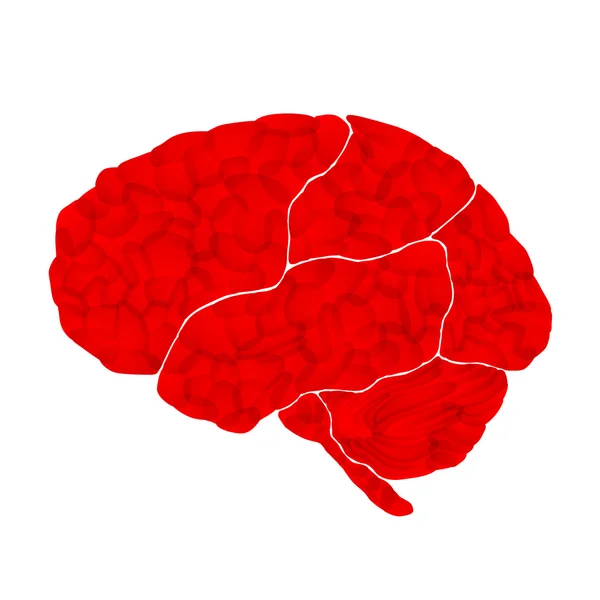Uncategorized
Breaking down the blood-brain barrier: implications for drug delivery

The blood-brain barrier (BBB) is a highly selective and tightly regulated barrier that separates the bloodstream from the brain. While it serves a crucial protective function by preventing the entry of harmful substances into the brain, it also poses a significant challenge for delivering therapeutic drugs to treat various neurological disorders. However, recent advancements in medical research have shed light on strategies to overcome this formidable barrier. In this article, we delve into the intricacies of the blood-brain barrier and explore the implications of breakthroughs in drug delivery techniques that aim to bypass or temporarily disrupt this barrier for improved treatment of brain-related conditions.
Understanding the Blood-Brain Barrier: The blood-brain barrier is composed of specialized endothelial cells lining the blood vessels in the brain, which are tightly connected by junctions that restrict the passage of molecules. This barrier acts as a shield, preventing the entry of toxins, pathogens, and most drugs into the brain. While this function is vital for maintaining brain health, it poses a significant challenge when attempting to deliver therapeutic agents to the site of action.
Implications for drug delivery:
- Nanoparticles and drug conjugates: Nanoparticles, due to their small size and unique properties, have emerged as promising carriers for drug delivery across the blood-brain barrier. These nanoparticles can be engineered to encapsulate drugs and selectively transport them to the brain. Surface modifications of nanoparticles can also enhance their ability to penetrate the barrier or utilize receptor-mediated transcytosis to enter brain cells. Additionally, drug conjugates that combine therapeutic agents with molecules that can traverse the blood-brain barrier have shown promise in targeted drug delivery for neurological disorders.
- Focused ultrasound: Focused ultrasound, when combined with the administration of microbubbles, has shown potential in temporarily disrupting the blood-brain barrier. This non-invasive technique uses ultrasound waves to induce oscillations and create small openings in the endothelial cells, allowing drugs to enter the brain. This approach has demonstrated success in facilitating the delivery of therapeutic agents for conditions like brain tumors and neurodegenerative diseases.
- Trojan horse approaches: Researchers are exploring the concept of using endogenous transport systems within the blood-brain barrier to ferry therapeutic agents across. This “Trojan horse” approach involves attaching drugs to molecules that are recognized and transported across the barrier, such as nutrients or peptides. By hijacking these existing transport mechanisms, researchers aim to enhance drug delivery efficiency and overcome the limitations imposed by the blood-brain barrier.
- Optogenetics and magnetic targeting: Emerging techniques such as optogenetics and magnetic targeting offer precise and localized drug delivery to specific brain regions. Optogenetics involves using light-sensitive proteins to control specific neuronal activity, enabling targeted drug release. Magnetic targeting, on the other hand, utilizes magnetic nanoparticles to direct drugs to desired brain areas by applying an external magnetic field. These approaches provide opportunities for site-specific drug delivery while minimizing off-target effects.
Conclusion: The blood-brain barrier has long been a challenge in developing effective treatments for brain-related disorders. However, breakthroughs in drug delivery techniques are offering new possibilities to overcome this barrier. Nanoparticles, focused ultrasound, Trojan horse approaches, optogenetics, and magnetic targeting are just a few examples of the innovative strategies being explored. As research continues to advance in this field, we can expect significant progress in delivering therapeutic agents to the brain, ultimately revolutionizing the treatment landscape for neurological disorders and offering renewed hope to patients and their families.


